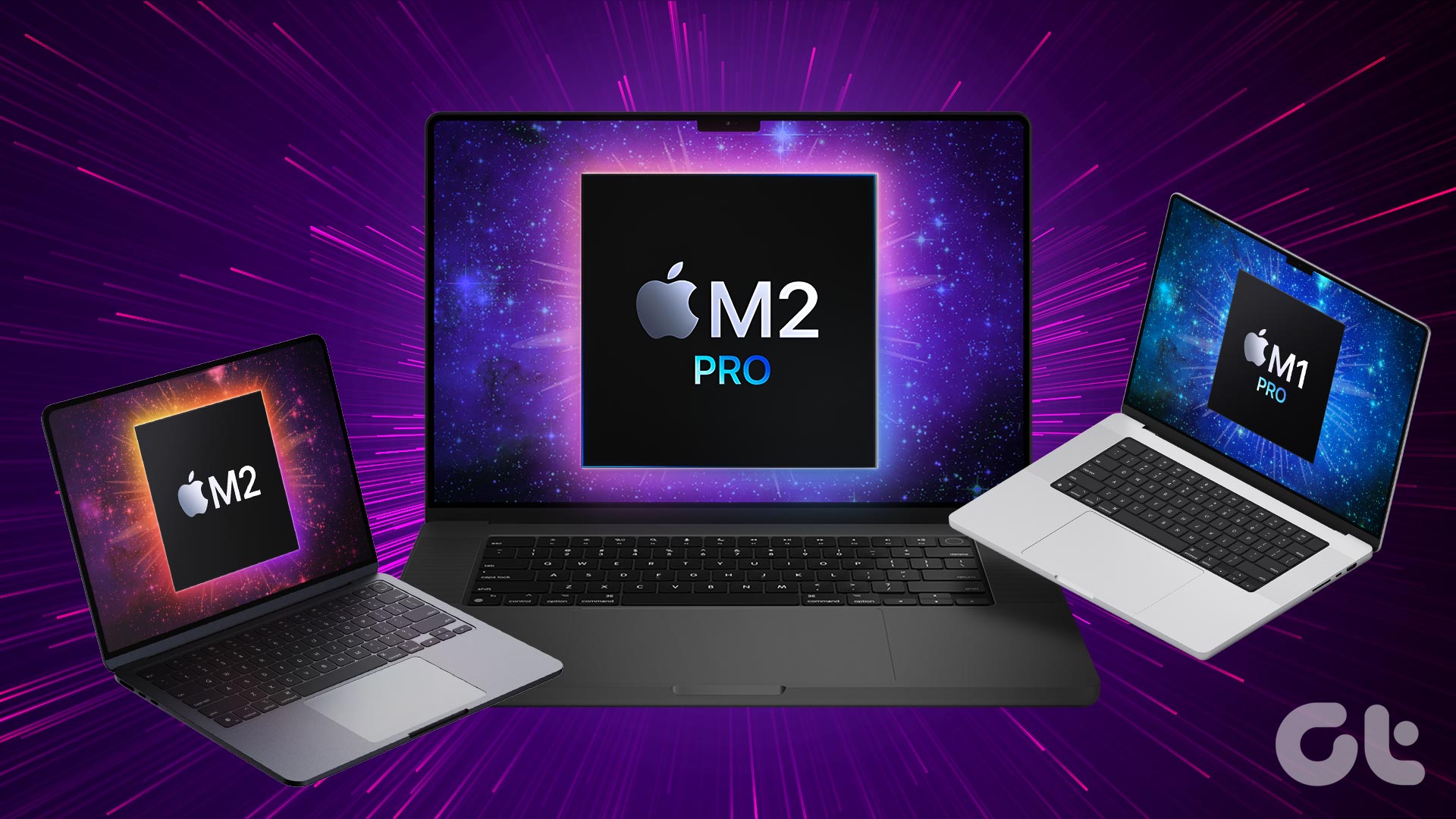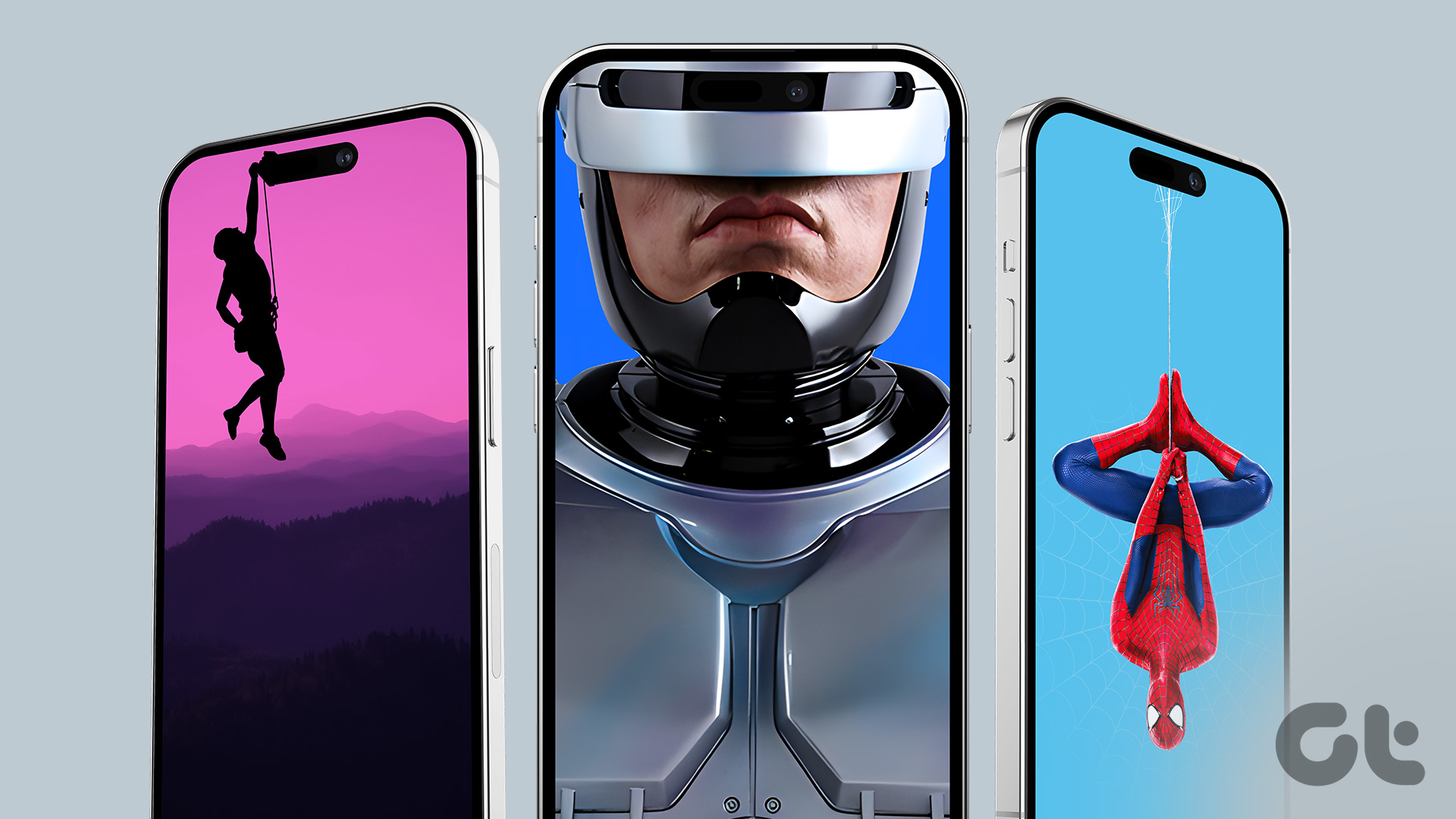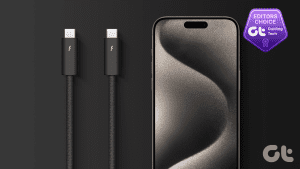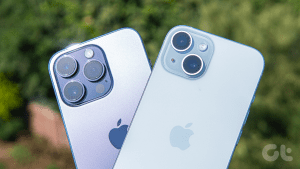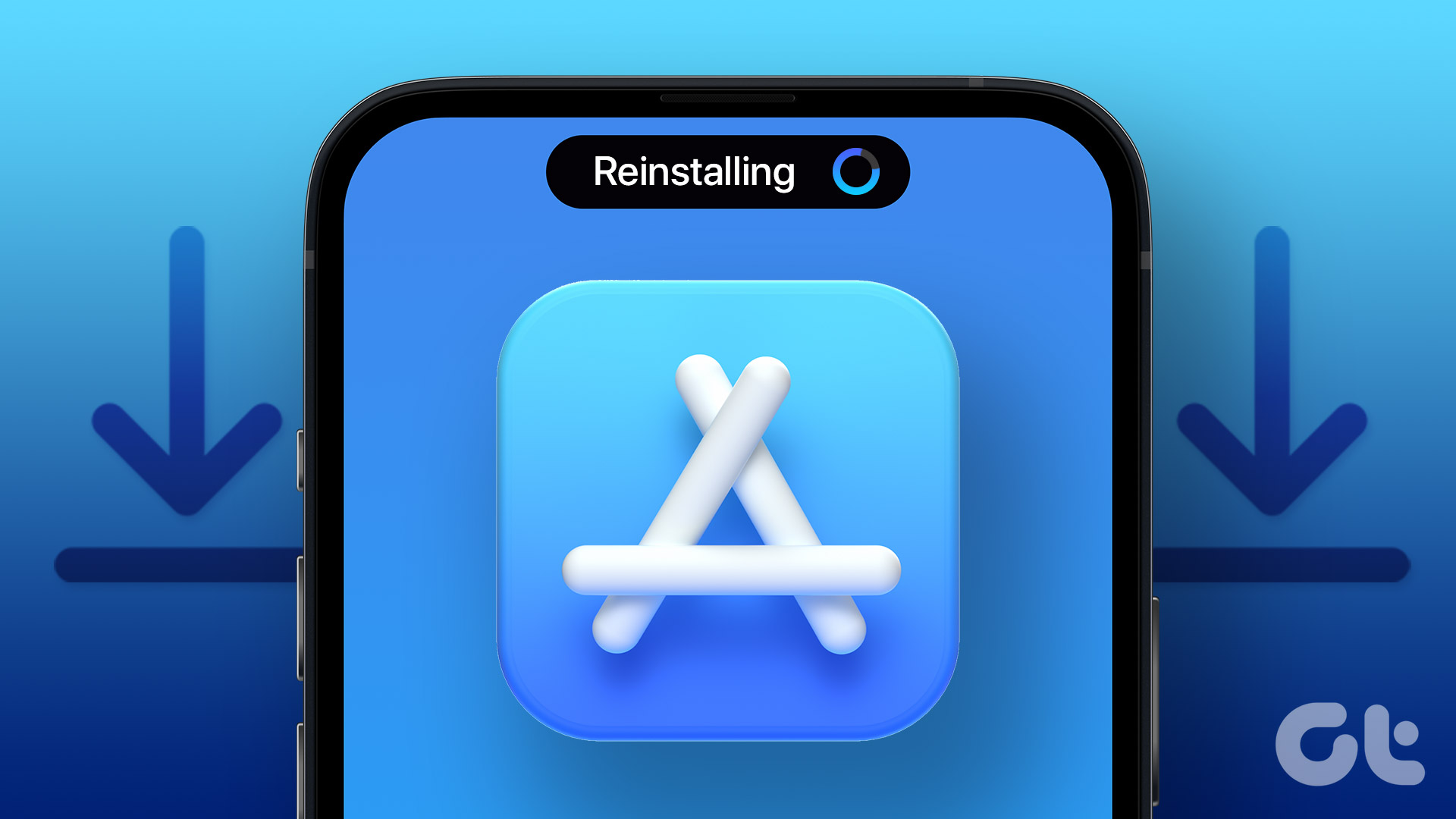Apple has consistently taken major strides in the mobile chipset for its iPhones. A decade ago, Apple introduced the first smartphone with a 64-bit processor – the iPhone 5S with the A7 Chip. In 2017, Apple implemented neural machine learning for the first time in the A11 Bionic with the iPhone X. With improvements packed every year, are you wondering whether to pick up an iPhone 14 Pro over iPhone 15 Pro series? Here’s a comparison of the processors on the latest iPhones – the A16 Bionic vs the A17 Pro chip.

Apple’s September 2023 event brought four new iPhone models- the iPhone 15, the iPhone 15 Plus, the iPhone 15 Pro, and the 15 Pro Max. Besides several improvements in all the new iPhones, the most interesting developments occurred in the iPhone 15 Pro series.
The iPhone 15 Pro and the iPhone 15 Pro Max feature the brand-new Apple A17 Pro processor. Meanwhile, the iPhone 15 and the iPhone 15 Plus will house last year’s A16 Bionic chip inside the iPhone 14 Pro and the iPhone 14 Pro Max.
What’s New in Apple’s A17 Pro Chip
Apple has ditched the Bionic monicker, and the new processor is called the A17 Pro. With 19 billion transistors, Apple’s A17 Pro is built on TSMC’s cutting-edge 3nm processor technology – which has a reduced transistor size and thereby allows packing more transistors to maximize performance and power efficiency. It has a 6-core CPU with two high-performance cores and four power-efficiency cores.

The A17 Pro packs in a new 6-core GPU with significant improvements to the graphics performance with hardware ray tracing and improved power efficiency. Apple calls it the “biggest redesign in the history of Apple GPUs.” Furthermore, the A17 Pro supports higher data transfer speeds, thanks to the USB 3.0 controller.

A16 Bionic on iPhone 15 and iPhone 15 Plus: A Quick Recap
While we explore the impact of using an older chipset later, here’s what you need to know about the A16 Bionic silicon.
The Apple A16 Bionic chip, launched last year in 2022, is built on the 4nm process node. It sports a 6-core CPU – a combination of two performance cores and four high-efficiency cores. The 5-core GPU on the A16 Bionic has a 6GB LPDDR5 memory with 50% more bandwidth than the previous generation Bionic chip. Lastly, the new 16-core neural engine on the A16 Bionic can handle 17 trillion operations per second.
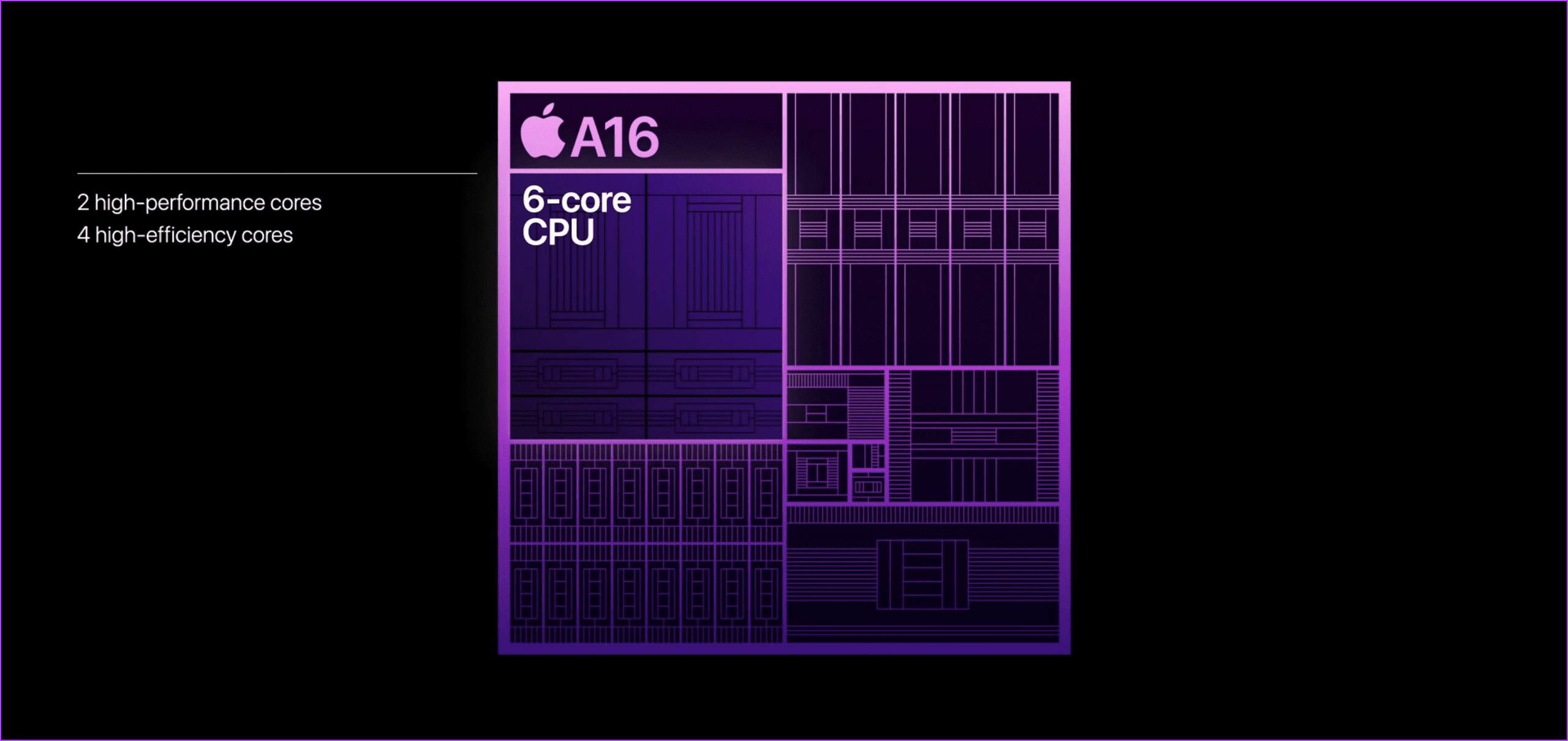
Key improvements over the A15 Bionic include a new display engine, which makes the Always-on Display possible, a higher peak brightness, and the display refresh rate could go as low as 1Hz. Further, the anti-aliasing techniques were improved on the A16 Bionic to smoothen any rough edges in graphics and image rendering. It houses a new image signal processor that promises a better computational photography experience.
But how does it compare to the new A17 Pro processor? Let’s jump into a quick comparison.
A16 Bionic vs. A17 Pro: What Are the Improvements
Here’s everything that we know about how the A17 Pro is better than the A16 Bionic :
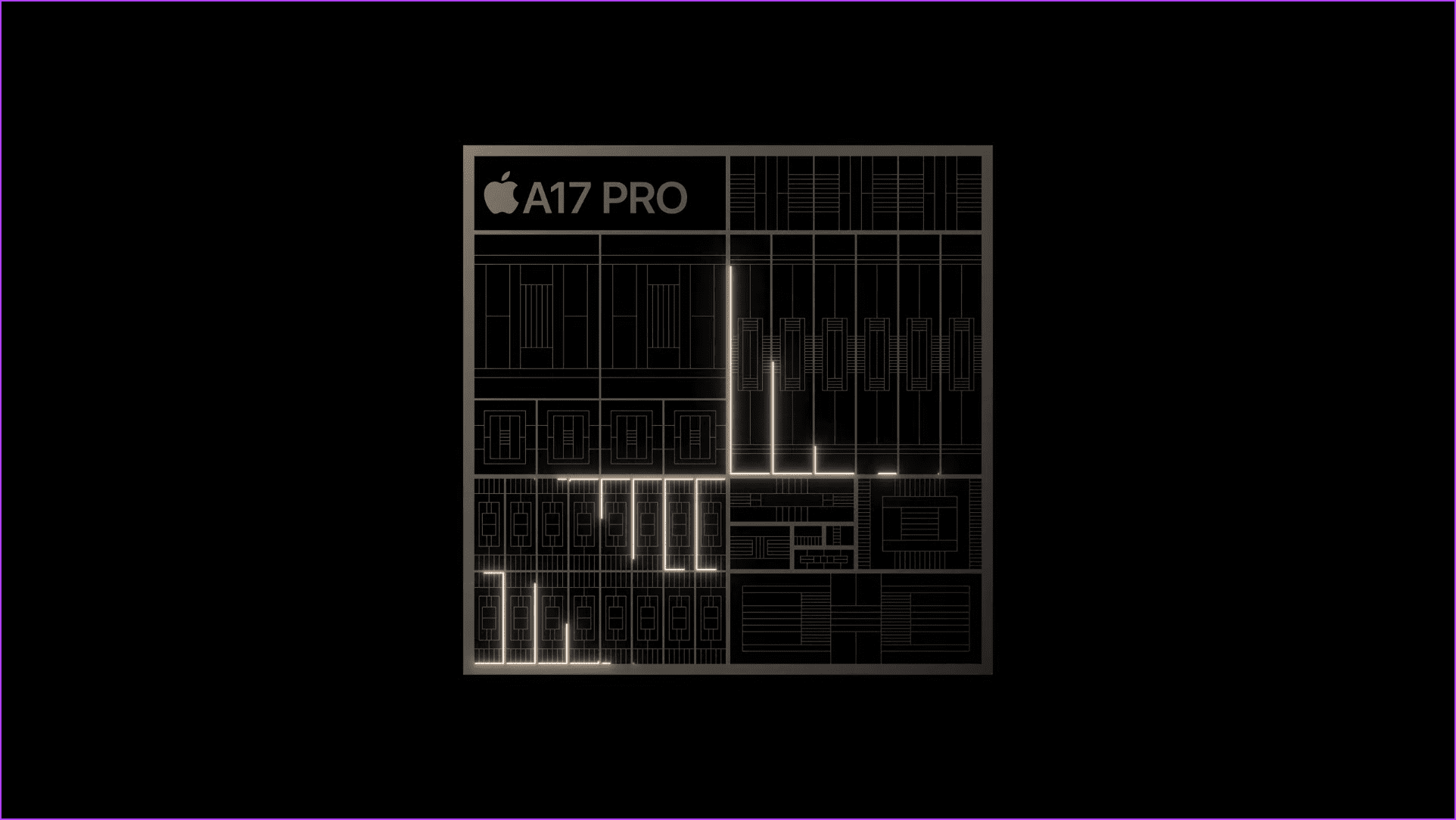
- The A17 Pro features a 3nm microarchitecture compared to the 4nm architecture on the A16 Bionic.
- The A17 Pro is 10 percent faster than the A16 Bionic.
- The new 6-core GPU in the A17 Pro is 20 percent faster than the 5-core GPU in A16 Bionic.
- The new 6-core GPU has a new mesh shading feature that lets games render detailed environments with minimal power.
- The neural engine is twice as fast on the A17 Pro, with 35 trillion operations per second.
- The A17 Pro brings an improved branch prediction, which means faster code execution efficiency.
- The A17 Pro has larger decode and execution engines – both play crucial roles in processing instructions.
- The A17 Pro has dedicated hardware for ray tracing, which is 4x faster than the A16 Bionic. It renders smoother graphics at significantly higher frame rates than the software ray tracing on the A16 Bionic.
A16 Bionic on iPhone 15 and 15 Plus: The Base Models Miss Out on the Newest Chip
Earlier, for an extra $100 on the Pro variant of the iPhone, you get a more premium design, a telephoto lens, and a higher refresh rate. While most folks are happy with the base iPhone model since it packs the latest internals. That changed last year. Sticking true to its product name, Apple limits the latest processors only for the iPhone Pro series. That’s why the Pro users will find more value in the extra hundred bucks they pay, thanks to the new flagship processor.

In 2023, with the iPhone 15, 15 Plus, and the new A17 Pro, the trend continues. However, don’t let that discourage you – the A16 Bionic does not break a sweat while performing any intensive task that you throw at it.
Furthermore, the iPhone 15 is a good upgrade over the iPhone 14, thanks to the USB-C port, new camera system, improved battery life, and Dynamic Island.
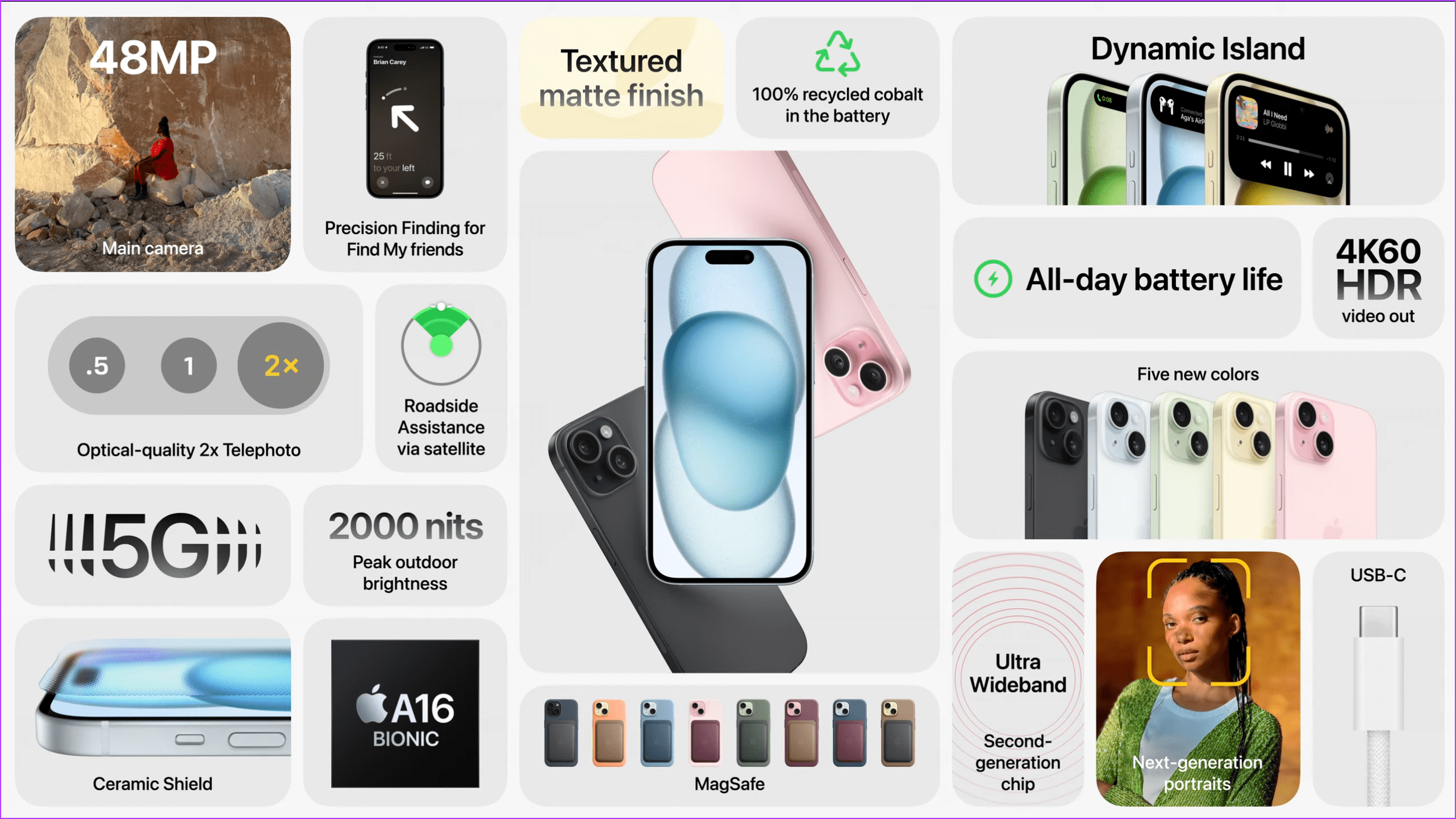
However, the disadvantages may kick in after using the iPhone for a long period – the iPhone 15 with the A16 Bionic may slow down earlier than the iPhone 15 Pro with the A17 Pro. Further, we aren’t sure if Apple will provide the same number of software updates for the iPhone 15 and the 15 Pro – since the former features an older processor.
The A16 Bionic and the A17 Pro have obvious technical differences. However, don’t let that deter your decision to purchase the iPhone model to suit your budget. Apart from the HDR image processing on the iPhone 15 Pro, it will be hard to notice that a brand-new iPhone 15 features an older processor. However, since Apple decided to ship the older processor in the base iPhone, a price cut might’ve sweetened the deal.
That’s everything you need to know about A16 Bionic vs. A17 Pro. If you have any further questions, look at the FAQ section below.
FAQs: Apple A16 Bionic vs. A17 Pro
Apple designs the chipset, and TSMC manufactures it exclusively for Apple.
A 3nm chip packs relatively smaller transistors while offering improved performance and energy efficiency compared to a 4nm chip.
On paper, the A17 Pro claims to have improved power efficiency. However, we’ll be able to evaluate the results once we get our hands on the new iPhone.
It reportedly costs Apple $11 to manufacture the A16 Bionic chip.
Is the M Series Chip the Next Big Thing on iPhone
Apple won everybody with the M series silicon on the Mac lineup and the iPad. When is the iPhone’s turn to feature the M series processor? The perfect chance for Apple would be to power a foldable iPhone with an M series chip that enables multitasking with a large display.
Last updated on 13 September, 2023
The above article may contain affiliate links which help support Guiding Tech. However, it does not affect our editorial integrity. The content remains unbiased and authentic.



